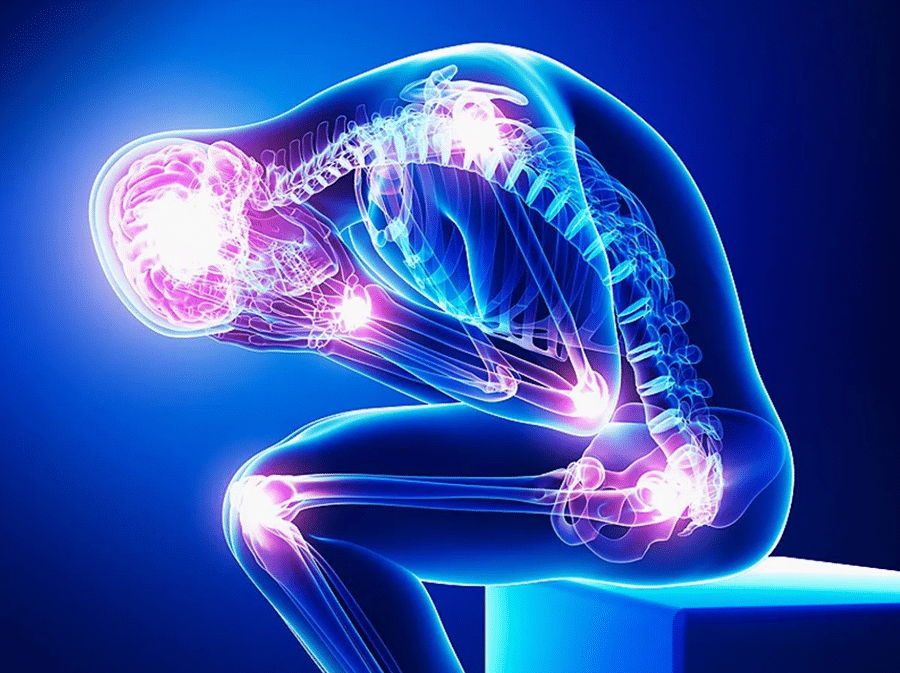Osteoporosis is a debilitating disease that affects millions of people each year. It causes bones to become weak and brittle, leading to fractures and other health problems. However, you can do many things to reduce your risk of developing osteoporosis, including eating a healthy diet and exercising regularly. This article will discuss the top 10 foods that can help reduce your risk of osteoporosis.
Nuts And Seeds

Nuts and seeds are excellent sources of magnesium, zinc, copper, manganese, and phosphorus, which play an essential role in bone health. They also contain tons of protein, healthy fats, and fiber. All of these nutrients work together to keep bones strong. Brazil nuts, cashews, hazelnuts, macadamia nuts, pecans, pine nuts, pistachios, pumpkin seeds, sunflower seeds, and walnuts are also excellent sources of nutrients for strong bones.
Sweet Potatoes
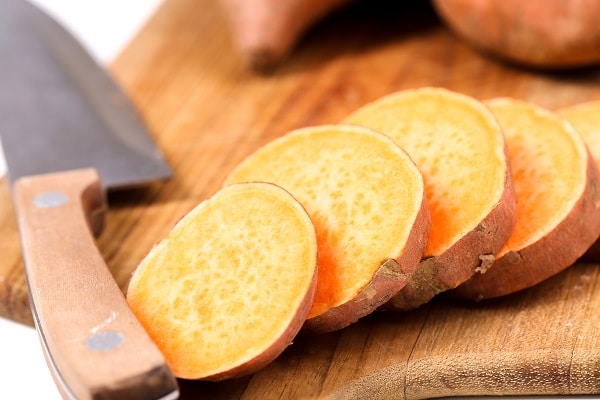
Magnesium and potassium also contribute to bone health. If you don’t get enough magnesium, it can disrupt your vitamin D balance, which has the potential to affect your bone health. Potassium neutralizes acid in the body, which may cause calcium to leach from bones. A baked medium-size sweet potato with no salt contains 31 milligrams of magnesium and 542 milligrams of potassium, making it a great source of both nutrients. This food is also an excellent source of beta-carotene, which the body converts to vitamin A. Vitamin A is essential for proper bone growth and development.
Citrus Fruits
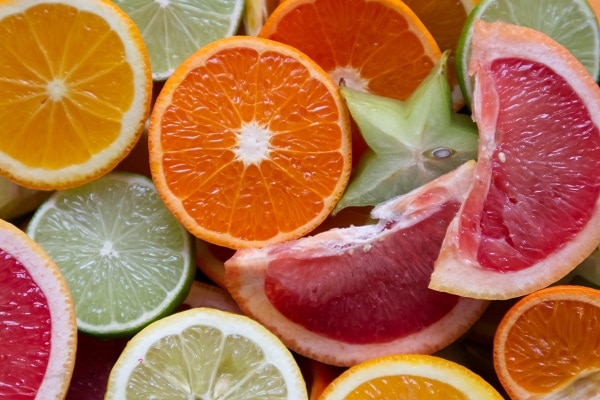
Add grapefruit to your morning meal, and you’ll be doing more than just brightening your senses. Vitamin C found in citrus fruits helps prevent bone loss. A single entire pink or red grapefruit contains 88 milligrams of vitamin C, enough for the day. Are you unable to stomach the bitterness of a grapefruit? A navel orange provides 83 milligrams of vitamin C. Furthermore, tangerines, lemons, and limes are excellent sources of this essential nutrient.
Beans

Whether you like them black, pinto, garbanzo, or kidney—beans are good for your bones. Black beans are high in protein and fiber as well as iron, copper, manganese, phosphorus, magnesium, and more essential nutrients. Black beans have the most calcium of all bean species at about 119 milligrams in a one-cup serving. Lentils rank second with about 102 milligrams of calcium per cup. Beans are also rich in folic acid, a critical nutrient for proper bone growth and development.
Tofu

Soybeans are unique in that they contain isoflavones—compounds that mimic the effects of estrogen in the body. Estrogen helps protect against bone loss, so foods that contain isoflavones may help reduce the risk of osteoporosis. Tofu is made from soybeans and is an excellent protein, iron, and calcium source. A half-cup serving of tofu contains 86 milligrams of calcium and almost half of the daily value for this essential mineral. People have been eating this healthy food for over 2000 years.
Salmon
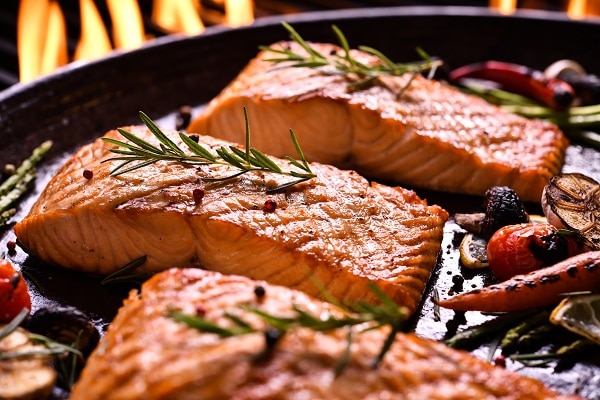
You may already know that salmon is an excellent source of protein and omega-3 fatty acids. You may not know that this fish also contains vitamin D, which helps the body absorb calcium from the diet. Vitamin D is essential for proper bone growth and development. A three-ounce serving of cooked salmon provides approximately 50% of the daily value for vitamin D. Salmon is also a good source of magnesium, phosphorus, and potassium—all essential nutrients for bone health.
Spinach
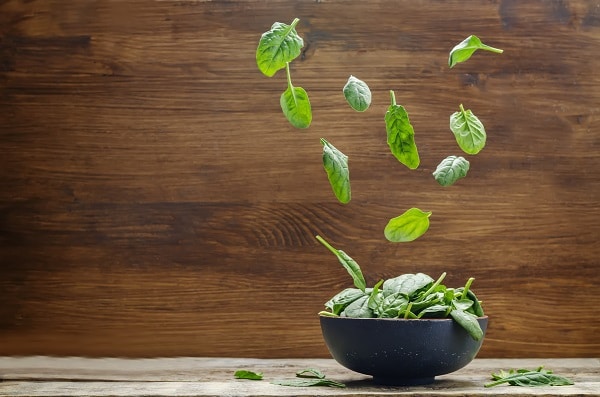
Popeye was on to something when he ate spinach for strength. This leafy green vegetable is an excellent source of vitamins A, C, and K—nutrients necessary for bone health. Vitamin A helps the body absorb and use calcium from the diet. Vitamin C is necessary for collagen production, and vitamin K helps with calcium absorption. This veggie is also a good source of manganese, copper, iron, magnesium, phosphorus, and potassium—all minerals that play a role in bone health.
Figs
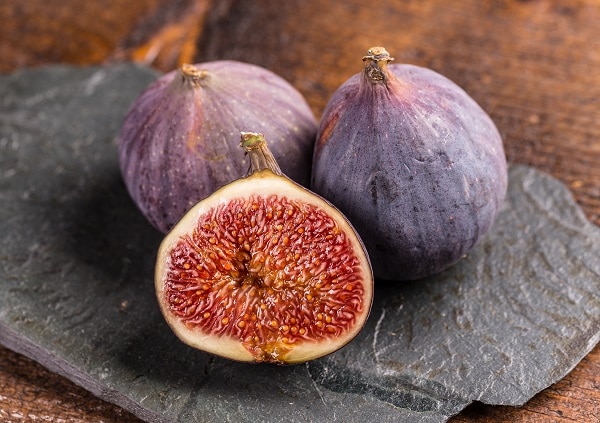
If you need bone-strengthening fruits, figs should be at the top of your list. Fresh figs have 90 milligrams of calcium and other skeleton-saving nutrients such as potassium and magnesium. Fresh figs are cultivated in California throughout the summer and fall. Dried ones are also excellent: Half a cup of dried figs has 121 milligrams of calcium. Figs are fantastic because they don’t just stop at boosting bone health—they’re also a good source of fiber, which can help with weight management and blood sugar control.
Prunes
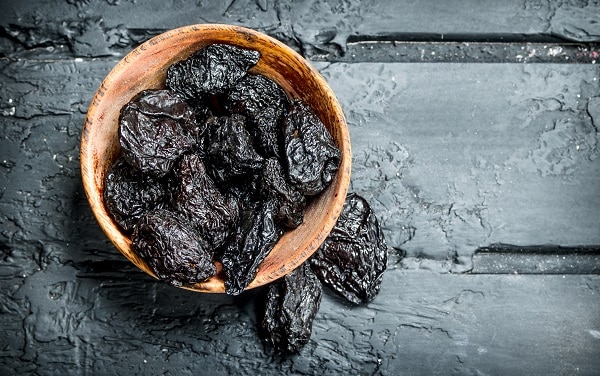
You probably picture something elderly persons consume to stay on track when you think of prune. But dried plums are prunes! Eating them every day, along with calcium and vitamin D, has been found in studies to improve bone density by slowing the breakdown of bone in your body. This superfruit is also a good source of fiber, vitamins A and C, potassium, and iron.
Conclusion
In conclusion, many foods can help reduce the risk of osteoporosis. These include tofu, salmon, spinach, yogurt, figs, and prunes. Each of these foods contains nutrients essential for bone health. By including these foods in your diet, you can help keep your bones healthy and strong. Thanks for reading!


